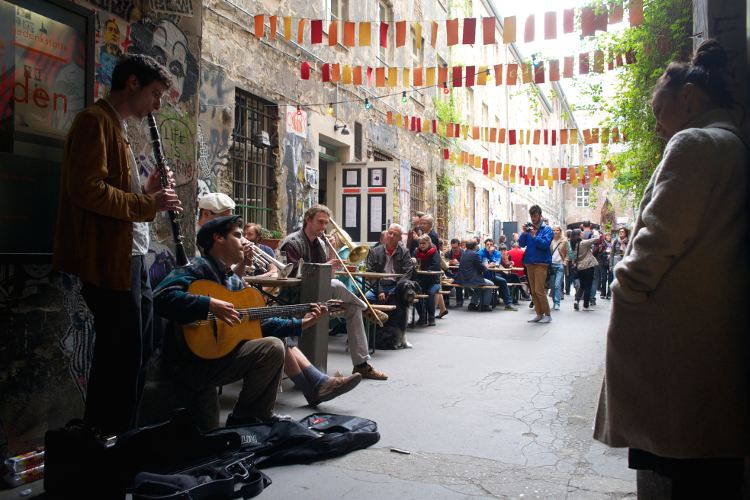 | ||
Ddr ostberlin alexanderplatz 1988 weihnachtsmarkt scheunenviertel gdr east berlin
Scheunenviertel (German: "Barn Quarter") refers to a neighborhood of Mitte in the centre of Berlin. It is situated to the north of the medieval Altberlin area, east of the Rosenthaler Straße and Hackescher Markt. Until the Second World War it was regarded as a slum district and had a substantial Jewish population with a high proportion of migrants from Eastern Europe.
Contents
- Ddr ostberlin alexanderplatz 1988 weihnachtsmarkt scheunenviertel gdr east berlin
- The place to be ferienwohnung berlin mitte scheunenviertel nr 1
- History
- Sights
- References
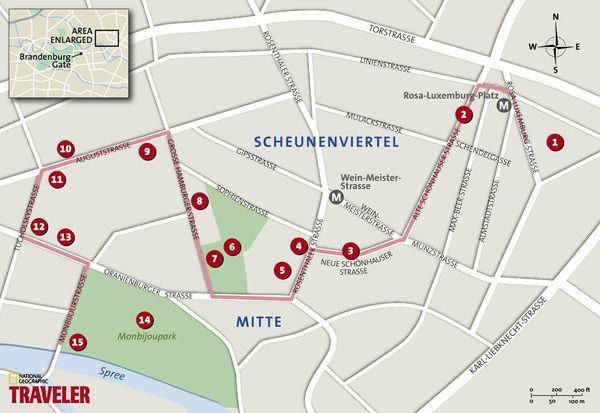
The place to be ferienwohnung berlin mitte scheunenviertel nr 1
History
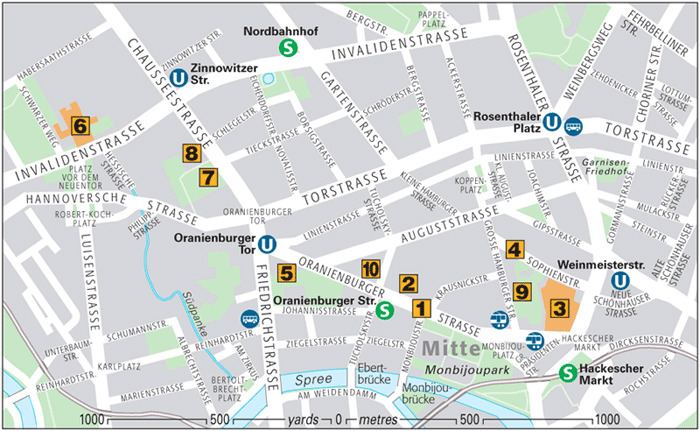
The name derives from several barns erected here outside the city walls in 1672 by order of Elector Frederick William of Brandenburg. The barns were used to store hay in connection to a large cattle market at nearby Alexanderplatz. In 1737 King Frederick William I of Prussia required Berlin Jews to settle here.
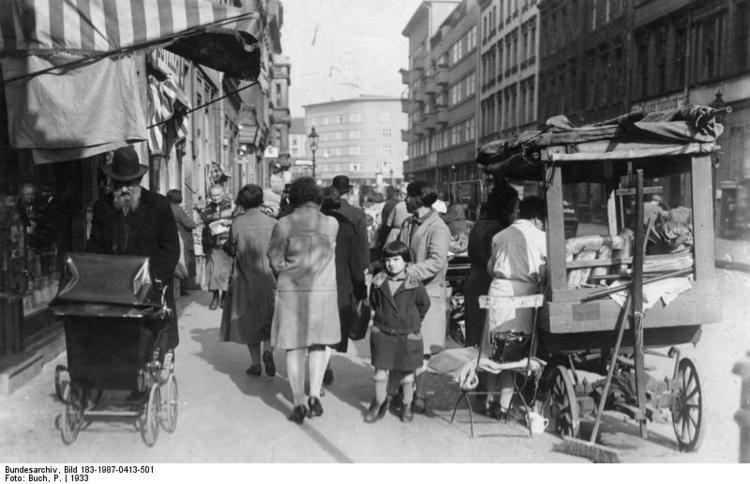
Prior to World War I, the Berlin City Council (Magistrat) redeveloped parts of the area. Since then the core of the neighborhood is the triangular Rosa-Luxemburg-Platz, former Bülowplatz, where on 9 August 1931 the Communist and later Stasi Executive Erich Mielke shot two police officers. Mielke fled to Moscow shortly afterwards and did not face trial for the murders until 1992.

Following German reunification the Scheunenviertel, together with the neighbouring Spandauer Vorstadt, has become a fashionable district popular with younger people.
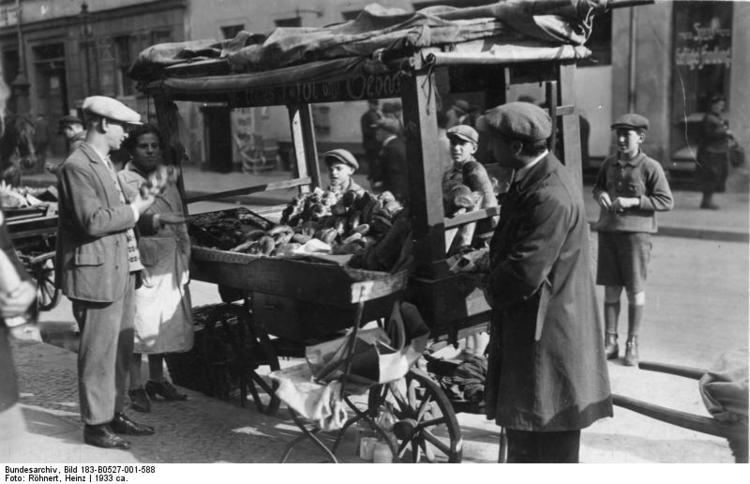
Note that Scheunenviertel is often mistakenly used as a synonym for Berlin's Jewish quarter. Jewish cultural and commercial life was however centred on the neighbouring Spandauer Vorstadt, where the New Synagogue and other Jewish establishments are located.
Sights

